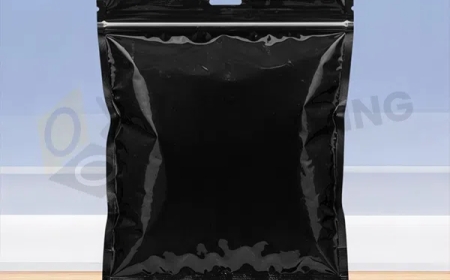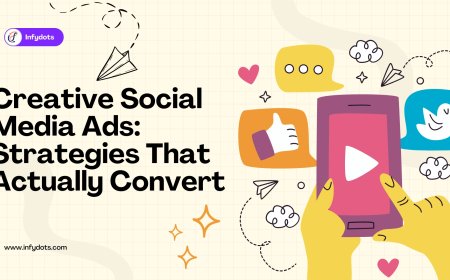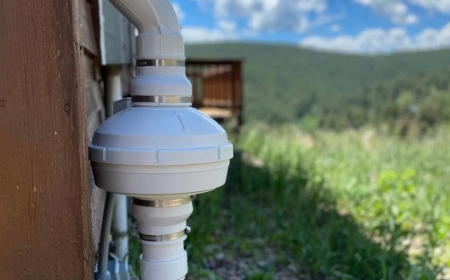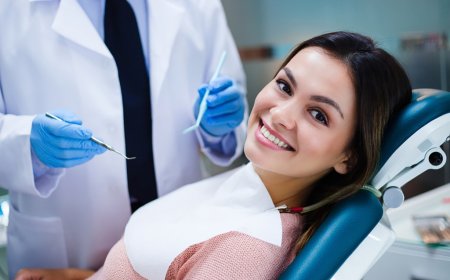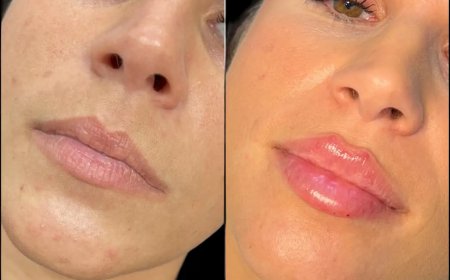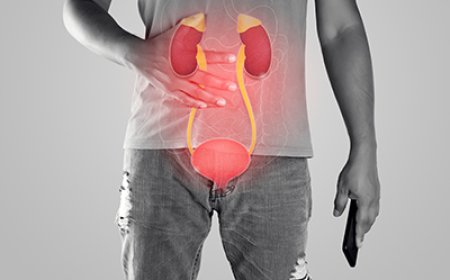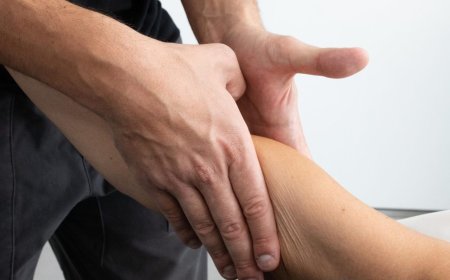A guide for new real-world evidence leaders
Once in a while, an idea comes along that is so powerful that it reshapes the entire healthcare industry. Two such major changes that have gained strong global support are patient centricity and digital health. These trends are now so widely accepted that nearly every healthcare organization is showing interest in making them a part of their operations.

Real world evidence (RWE) is a key connection point between these two major trends. Real-world evidence has come out as a powerful concept that uses deep patient insights to drive innovation and improve healthcare delivery.
For business leaders who are aiming to go beyond just clinical outcomes to prove the real value and usefulness of their products in the real world, RWE presents a unique and promising opportunity. However, in order to succeed in utilizing RWE effectively, it is important to start with a clear understanding of the basics.
Understanding real-world evidence
Real world evidence refers to the insights that are collected from real-world data (RWD), which is gathered outside of clinical trials. The data is used to evaluate how well a treatment works and what risks it may carry when used in everyday healthcare settings.
RWD can come from several sources, such as electronic health records (EHRs), disease and patient registries, insurance claims, feedback directly from patients and healthcare providers, smart medical devices, wearables and digital therapies. This kind of data often includes qualitative or unstructured details, like free-text comments, which can provide a deeper understanding of how a treatment helps a patient beyond just the scientific outcomes. This broader view is becoming more valuable to health technology assessment (HTA) bodies, regulators and payers who want a complete picture of patient care, not just clinical results.
The role of real-world evidence across the digital product lifecycle
RWE brings in valuable insights directly from the patients, which can help improve value at every step of a products development or a patients care journey.
This can be better understood with an example. In clinical product development, RWE can help reduce trial costs by creating synthetic control arms (SCAs). These SCAs can be used instead of traditional placebo or standard-of-care comparison groups in clinical trials. SCAs are especially helpful in situations where it would be unethical to place patients, particularly those with life-threatening illnesses who have already tried existing treatment plans, in a control group.
Even though RWE has many potential uses, the most common use of RWE is after a product has hit the market. In this phase, RWE helps monitor safety and effectiveness and supports continued access for both patients and markets.
A note on leading real-world evidence leaders
While RWE offers a lot of potential, carrying out a successful study isnt always easy. Organizations are often structured in complex ways across global, regional and local levels. RWE efforts can be led by different departments, like clinical, regulatory, medical affairs, commercial or safety, and each of these may have their own goals, budget, vendors, reporting structure and access rights. Organizing internal buy-ins, securing funds and designing and managing a strong RWE project takes careful coordination. But despite these challenges, the benefits that come with a well-executed RWE study are usually worth the effort.
So, explore all you can about real-world evidence, how strategy marketing consulting can help in leveraging RWE for better patient engagement and more effective marketing campaigns, if your product is at any step of its lifecycle that can benefit from proofs of utility and efficacy beyond clinical interpretations.








